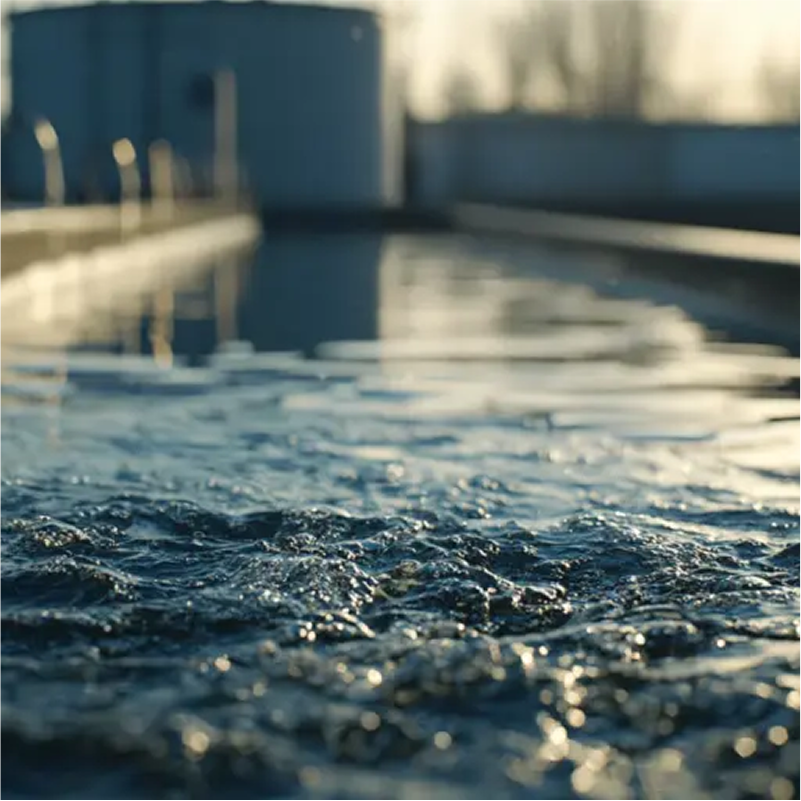Camp Lejeune Lawsuit
The Camp Lejeune lawsuit involves claims that the base’s water supply was contaminated with harmful chemicals like tetrachloroethylene and trichloroethylene from the 1950s to the 1980s. People who lived or worked there during that time allege the contamination caused serious health issues, including cancers and birth defects.

Get Your Free Legal Case Review.
PFAS used in Firefighting Foam may be Carcinogenic
The Camp Lejeune Justice Act, passed in 2022, allows affected individuals to file lawsuits for damages related to the contamination.
If you or a loved one spent time at Camp Lejeune during the dates in question, get in touch with Have A Lawyer. We will connect you with attorneys who can help you seek compensation for suffering due to negligence.

FACTS & BACKGROUND
Why is Camp Lejeune involved in a water contamination lawsuit?
Between 1953 and 1987, Marines living at Camp Lejeune unknowingly consumed contaminated water from nearby wells, which were polluted with harmful chemicals. In 1984, it was discovered that the water also contained benzene. That same year, some Marines began experiencing health issues linked to years of exposure to the tainted water. Conditions like cancer and birth defects became more common. Only after this discovery was the contamination taken seriously, but by then countless service members and their families were exposured.
The Camp Lejeune Justice Act of 2022 allows individuals who spent at least 30 days at Camp Lejeune between 1953 and 1987 to file lawsuits against the government for health issues caused by contaminated water. This act provides hope for those who have suffered for years, enabling them to seek compensation for medical expenses and emotional distress. If you’re looking to file a Camp Lejeune lawsuit, Have A Lawyer team can help connect you with experienced lawyers specializing in these cases.
Health Issues Linked to Contaminated Water
- Parkinson’s disease
- Thyroid Cancer
- Leukemia
- Infertility
- Kidney cancer
- Birth Defects
- Cervical Cancer
- Sinus Cancer
- Breast Cancer
- Non-Hodgkin’s Lymphoma
- Bile Duct Cancer
- Prostate Cancer
- Brain Cancer
- Hypersensitivity skin disorder
Settlements & Stories So Far
February, 2024
10 families received compensation, bringing the total to $2.5 Million. Through an elective option in March, offers were made to 56 families, only 24 of which accepted, bringing the settlement amount to $3.6 million.
February, 2024
Settlements of over $20 million were made. The greatest settlement amounts have been received by Bladder cancer patients.
Lori’s Story
Lori Freshwater has filed three lawsuits. Her lawsuits advocate not only for herself but also for her family members who lived at Camp Lejeune in the 70s and 80s. Due to the Camp Lejeune Exposure, her mother died of Leukemia in 2013.
Her personal experience with the loss of a loved one has made her an empath and she understands the struggles that people who were exposed to harmful compounds face. She runs a group of Facebook where she shares updates related to the litigation.

Get Compensation for the Injustice!
Have A Lawyer is a claimant acquisition firm dedicated to connecting plaintiffs seeking justice with experienced attorneys who can help them pursue compensation for the injustices they’ve endured.

Fill out the form above
Complete the simple form to send us the basics of your situation for evaluation.

Our experts review your case
We review your details to determine basic eligibility.

We contact you for further details
If your circumstances match lawsuit requirements, an expert will reach out for necessary information.

We assess your eligibility for the lawsuit
We confirm your status as an eligible claimant, ensuring a strong foundation for legal action.

We assist you in filing your case
We provide you the support to pursue justice and secure the compensation you deserve.
Contact Us Today
If you have questions about this or any lawsuit, get in touch with us today.